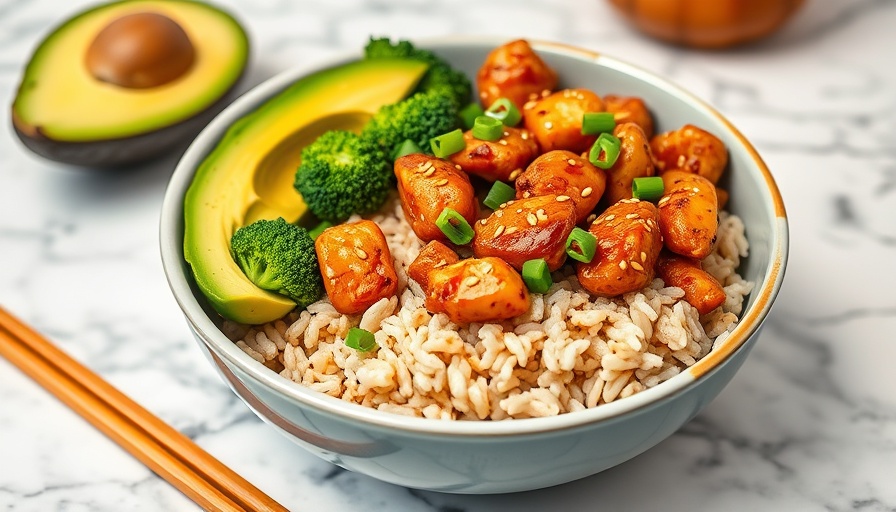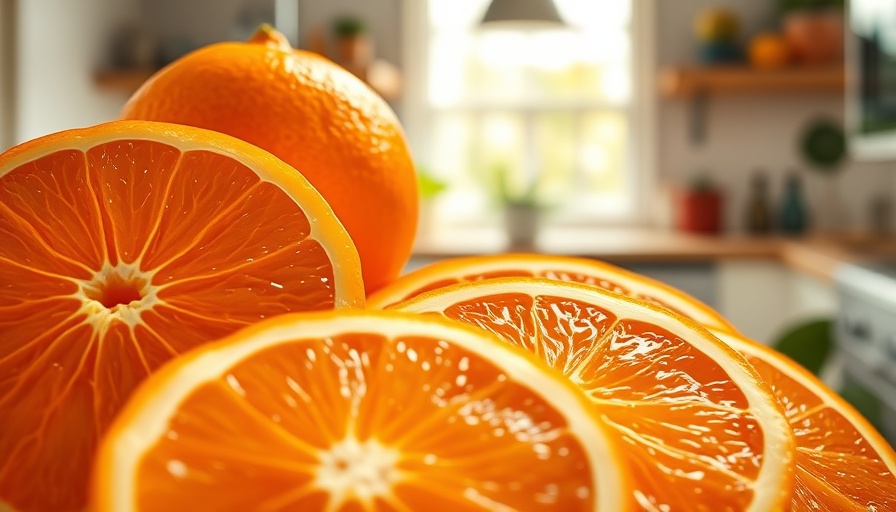
The Dark Side of Addiction: Understanding Game-Related Compulsive Behavior
The rise of digital technologies has ushered in an era where video games can serve as both a source of entertainment and a platform for compulsive behavior. As game mechanics like the 'Minesweeper' have evolved, they have given rise to practices that can resemble problematic addiction. In understanding these compulsive behaviors, the psychological principle of reinforcement comes into play; when players experience success, the brain releases neurotransmitters such as dopamine, which encourages repeated behaviors. However, excessive time spent on games can lead to detrimental effects, including social withdrawal and isolation.
Game Mechanics and Their Parallels with Substance Use
Similar to addictive substances, video games can hijack the brain’s reward circuitry. Just as individuals may engage in substance abuse despite harmful consequences, gamers may find themselves trapped in a cycle of gameplay characterized by increasing tolerance and withdrawal symptoms when not gaming. This parallels the clinical profiles of individuals struggling with Major Depressive Disorder (MDD), who may use gaming as an escape from feelings of hopelessness and fatigue. In fact, gaming can exacerbate symptoms such as anxiety, attention difficulties, and mood swings.
The Emotional Landscape of Gamers
Video games can often serve as a method of coping for individuals dealing with underlying mood disorders. As with other forms of escapism—such as substance abuse—individuals often engage in gaming to manage symptoms linked to conditions like dysthymia and social anxiety. The concept of anhedonia, or the inability to derive pleasure from previously enjoyable activities, highlights a critical intersection between mental health and gaming. Players may find joy in victory in a game, providing temporary relief from emotional distress.
Risks of Gamification in Daily Life
Addiction to gaming not only expresses itself through excessive screen time but can also demonstrate wider implications for mental health. Symptoms like irritability, indecisiveness, and chronic fatigue often manifest in those with deep-seated gaming habits. In severe cases, these patterns can escalate, leading to suicidal thoughts or self-harm, particularly among adolescents and young adults struggling to manage the balance between fulfillment in real life and their virtual successes.
Potential Interventions and Strategies
Understanding the evidence-based treatment modalities available can assist in addressing gaming-associated distress. Cognitive Behavioral Therapy (CBT) can provide gamers with coping strategies to reshape their thought patterns and behaviors surrounding gameplay. Group therapy offers peer support, thereby diminishing feelings of loneliness while creating a forum for sharing experiences. Support settings can also incorporate mindfulness practices and coping strategies to improve emotional regulation. Additionally, investigating the role of environmental triggers—like stress or trauma—can help inform prevention strategies.
The Road to Recovery
Recovering from game addiction is a journey that necessitates a holistic approach cognizant of both mental and physical health. Awareness of the risks involved in excessive gaming needs to be promoted within communities, emphasizing mental health education and availability of resources. Highlighting individual recovery stories can foster a culture of openness, thereby reducing stigma surrounding addiction, be it gaming or substance abuse.
Ultimately, it’s important for individuals, particularly parents and professionals, to recognize the signs of gameplay-related compulsions and seek restorative pathways. Engaging in outdoor activities, forming social connections, or exploring creative mediums can serve as healthier avenues for coping with life's stressors.
Conclusion: Take Action for Your Mental Wellbeing
As you delve into the intricate relationship between gaming and mental health, consider the impact of screen time on your well-being and the importance of promoting discussions surrounding mental health. Invest in yourself and seek resources that build resilience and awareness around the complexities of addiction. Engage with professional mental health services, support groups, and peer networks to navigate this discussion effectively. Your journey toward a balanced approach to gaming could begin today.
 Add Row
Add Row  Add
Add 




Write A Comment